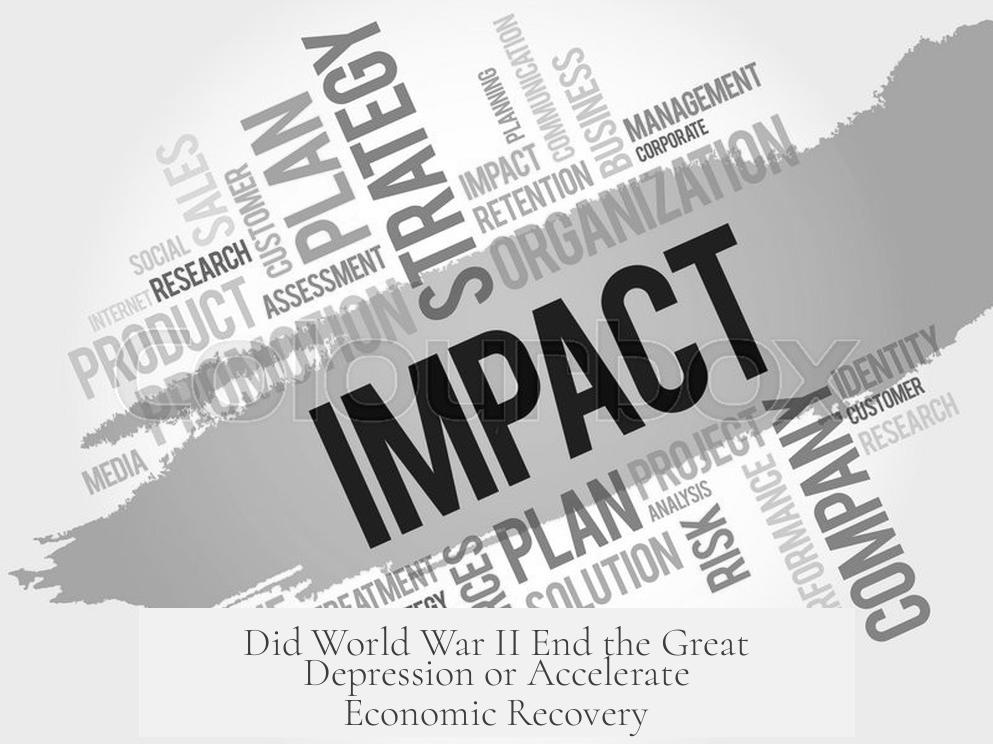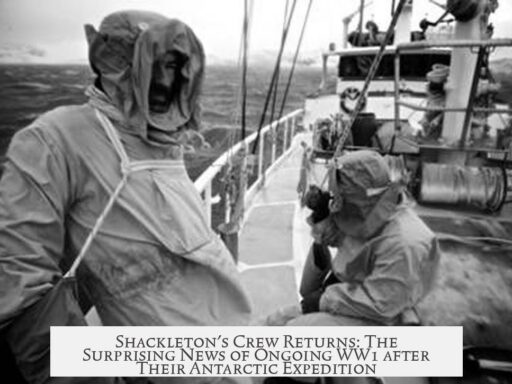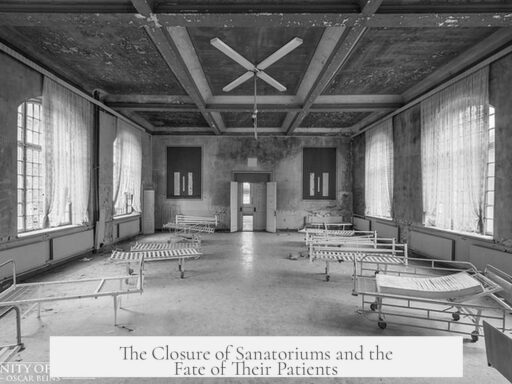World War II played a major role in ending the Great Depression, but it was not the sole cause. The key factor that truly ended the economic crisis was increased government spending, with WWII acting as a massive catalyst for that spending. Prior recovery efforts and monetary policies also laid important groundwork for the eventual recovery.
Before WWII, the U.S. economy was on a slow path to recovery. By 1937, many indicators like wages and industrial production had improved despite still-high unemployment. President Roosevelt’s New Deal programs and changes in monetary policy, including expanding the money supply, helped combat deflation and stimulated economic growth. However, some attempts to scale back these policies led to brief recessions, indicating that the recovery was fragile and incomplete.
When the U.S. entered WWII, government spending surged dramatically. War production required rapid industrial expansion and massive labor input. This injection of demand created a labor shortage and sharply reduced unemployment. The massive government outlay essentially acted as a broad stimulus, accelerating the economy’s rebound. The war’s demand for manufactured goods provided an enormous market. This Keynesian boost rushed the recovery, cutting the duration of economic hardship.
While the U.S. economy surged, many other major economies suffered devastation from war within their borders. This reduced global competition, which further benefited the American economy. The war’s indirect effects—including increased government spending and higher industrial output—were crucial. But it’s important to recognize that the economy might have recovered without the war, possibly by government spending focused on sectors with higher long-term economic multipliers.
| Factor | Role in Ending Depression |
|---|---|
| Government Spending | Primary driver, amplified during WWII |
| Monetary Policy | Countered deflation, supported recovery |
| Pre-War Recovery | Set foundation, economy improving from 1937 |
| WWII Industrial Demand | Accelerated recovery by increasing demand and creating jobs |
| Global War Impact | Reduced competition and damaged other economies |
To summarize key takeaways:
- Government spending, not the war itself, ended the Depression.
- Monetary policy changes before the war were essential.
- WWII sped up recovery by boosting industrial demand and employment.
- The war weakened global economies, benefiting the U.S. market.
- Recovery might have eventually occurred without the war, but more slowly.
Was WWII Really What Ended the Great Depression?
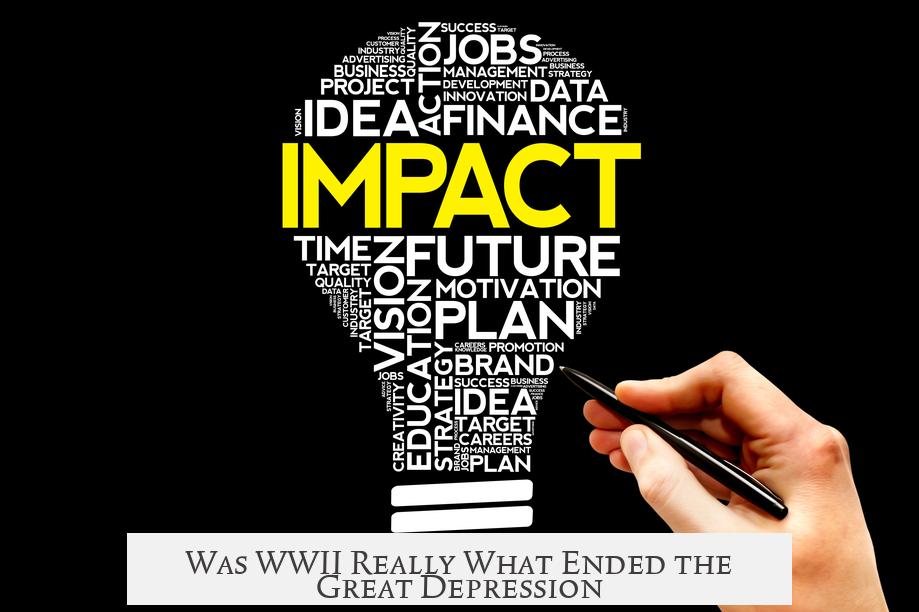
Yes, World War II is commonly credited with ending the Great Depression—but it’s a bit more complicated than just “the war ended the depression.” Let’s dig into the details and uncover what actually happened. Spoiler: It’s mostly about government spending, but the story has twists and turns.
Government Spending: The Real Hero of the Story
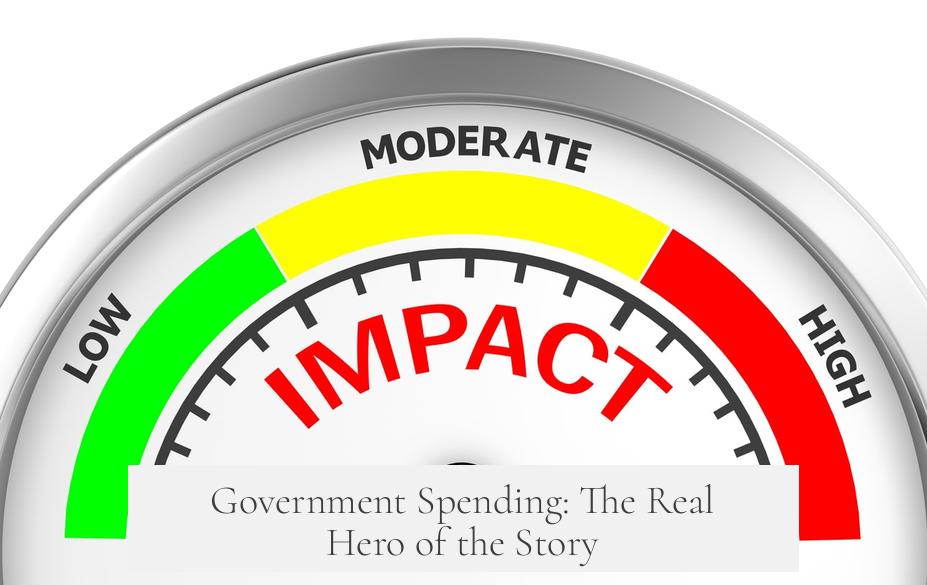
The Great Depression ended because government spending finally kicked into high gear. Think of the war as a giant money faucet opening wide. The United States government spent enormous amounts on defense, weapons, factories, and supplies. This ramped up industrial production and created millions of jobs overnight.
War spending wasn’t some mystical cure; it was a massive public works program in disguise. Economists often point to government expenditure as the thing that ended the Depression. So when WWII turned the economic dial up to eleven, it did so by spending—both printing money where necessary and investing in war-related production.
Hold on, There’s More: The Economy Was Healing Before the War

But hold your horses! The U.S. economy was already climbing out of the Great Depression before Pearl Harbor changed everything. By 1937, the economy had seen a substantial upswing, with higher wages and increased industrial output, though unemployment still hung around like an unwelcome guest.
President Franklin D. Roosevelt’s New Deal policies, particularly the job creation programs, sparked a significant economic rebound starting in 1933. Unfortunately, scaling back these initiatives in 1937 pulled the economy back into recession. It’s a reminder that recovery wasn’t smooth or guaranteed.
Monetary policy played a big part too. Roosevelt and the Federal Reserve tackled the crippling deflation by expanding the money supply. This helped stabilize prices, encourage borrowing, and counteract the downward economic spiral of the early 1930s.
WWII: The Accelerator, Not the Starter
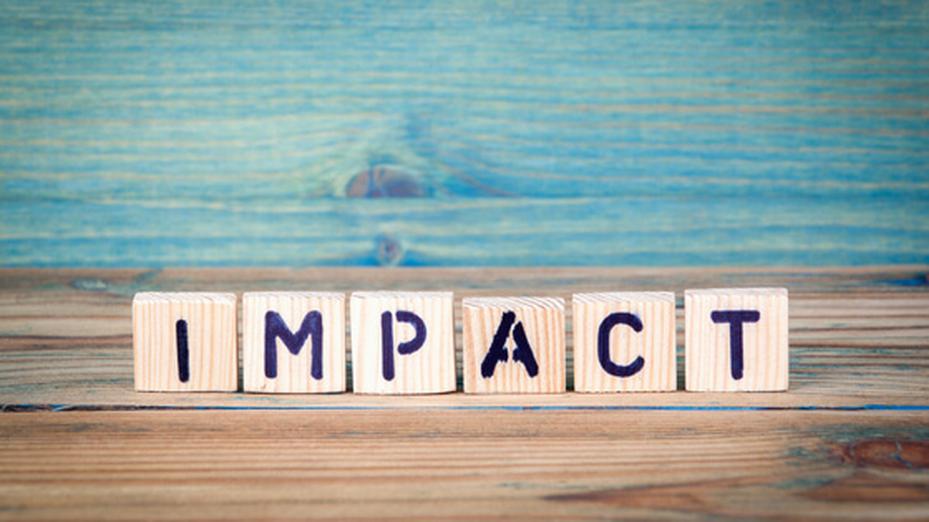
In essence, WWII didn’t create the recovery; instead, it sped it up dramatically. Before the war, unemployment was stubbornly high. Once war industries geared up, labor shortages appeared. Factories working triple shifts sent production levels soaring.
The demand for goods skyrocketed, and the U.S. quickly developed new industrial capacities. The war effort wasn’t just about bullets and bombs; it was about tanks, ships, airplanes, and all the right tools for victory—and jobs.
Also, WWII opened the door to huge external markets. Many of the world’s major industrial nations—Germany, Britain, Japan—had their industries devastated or converted for the war effort. This left America as the *de facto* industrial leader, exporting goods and resources to allies and receiving economic benefits in return.
Global Fallout: America’s Economic Advantage

The war crippled other large economies, devastating industries across Europe and Asia. Unlike those nations, the United States avoided widespread destruction on its soil, benefiting from less international competition in the manufacturing sector.
From a Keynesian perspective, the U.S. economy enjoyed huge boosts. The military spending, demand for goods, and lessened foreign competition created a near-perfect storm for economic growth. Apart from the massive loss of life and human suffering (let’s not gloss over that), it was a financial win-win.
Correlation or Causation? What Really Popped the Economic Bubble?
Here’s the kicker: The Depression was still lingering when WWII kicked off, but it was pretty much over when the war ended. Most changes during this era tied back to the war effort. So it seems logical to credit the war as the catalyst—at least indirectly.
However, a direct cause-and-effect is tricky. What if the government had spent the same kind of money on different sectors, like infrastructure or education, instead of bombs and tanks? Some economists argue those options might have offered higher “multiplier effects,” meaning the economy could have recovered better or more sustainably without the war.
Could the Great Depression Have Ended Without WWII?
Absolutely. After all, the U.S. was already on a recovery path, and monetary policy shifts were working. Roosevelt’s New Deal and expanded money supply laid the groundwork. But without the war, the recovery might have been slower or looked different—more gradual and maybe even healthier long term.
Some suggest war spending was a blunt instrument, pushing production and employment upward fast but not necessarily in the most economically efficient way. Yet, economically speaking, the war forced the U.S. economy out of a funk like no other event at the time.
What Can We Learn for Today?
So, was WWII really what ended the Great Depression? It certainly was the massive spending surge that likely sealed the deal, but the groundwork had been laid years earlier through policy and incremental recovery. This means smart government intervention—whether for war or peace—can pull an economy from the brink.
Next time you wonder if government spending is just wasteful or necessary, remember: during the Great Depression, well-directed spending changed everything. It turned despair into jobs, idle factories into bustling production lines, and unemployment lines into opportunities.
And here’s a cheeky question for you: Could paying for infrastructure and education have been as effective as bombs and battleships? History keeps its cards close, but it’s fun to imagine a world where pens beat swords, economically speaking.

